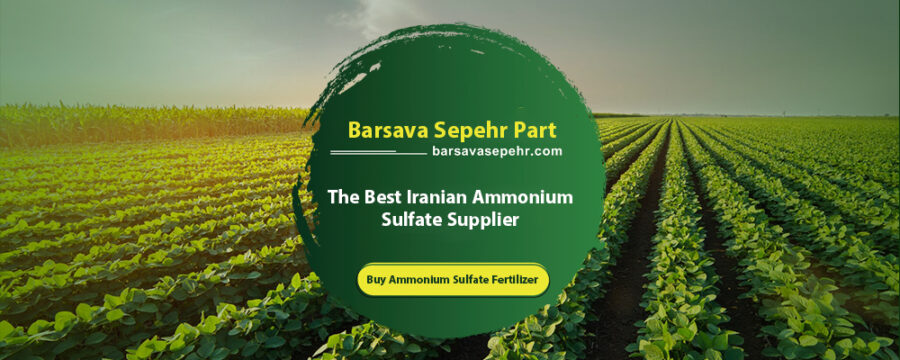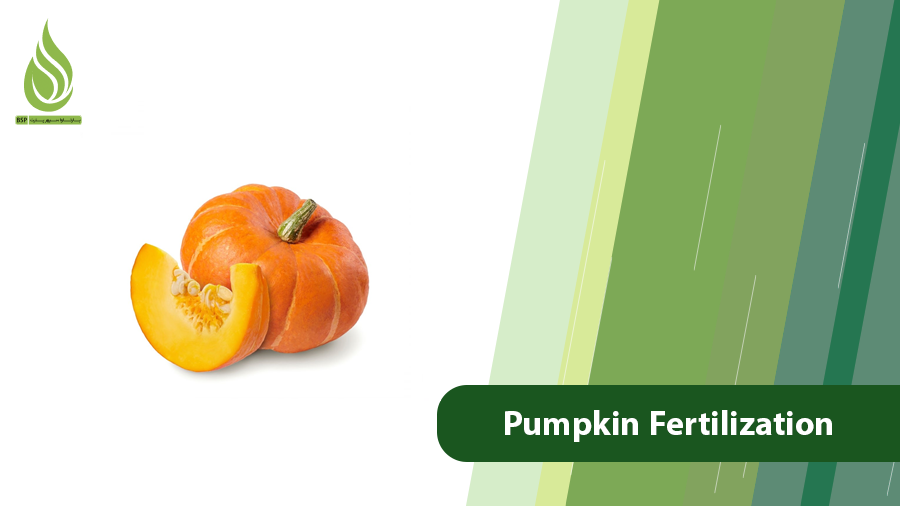
Pumpkin Fertilization Guide: From Planting to a Bountiful Harvest
Fertilization is a key factor in growing healthy, high-yielding crops that thrive in gardens and farms across the world. Whether you’re cultivating pumpkins for Halloween jack-o’-lanterns, delicious pies, or nutritious meals, understanding the ins and outs of pumpkin fertilization can make all the difference. Pumpkins, also known as winter squash or Cucurbita pepo, are nutrient-hungry plants that reward proper care with large, sweet, and vibrant fruits. In this comprehensive guide, we’ll cover everything from soil preparation to harvest. As a leading provider of ammonium sulfate fertilizer, we’ll highlight how this versatile product fits into effective pumpkin fertilization strategies, especially for alkaline soils common in many regions.
With global pumpkin production on the rise, reaching over 28 million tons annually according to the FAO, proper nutrition is essential for maximizing yields while promoting sustainable farming. By following these evidence-based tips, you could see harvests 2 to 3 times higher than average, as supported by field trials from UMN Extension. Let’s dive into why pumpkin fertilization matters and how to do it right.
Why Pumpkin Fertilization is Essential for Success
Pumpkin fertilization isn’t just about adding nutrients; it’s about creating the ideal environment for robust growth, disease resistance, and superior fruit quality. Pumpkins are heavy feeders, requiring a balanced supply of macro and micronutrients to develop strong vines, abundant flowers, and sizable fruits. Without proper pumpkin fertilization, plants may suffer from stunted growth, poor fruit set, or nutrient deficiencies like yellowing leaves (chlorosis) due to iron shortages.
With climate variability affecting soil health worldwide, effective pumpkin fertilization helps build resilience against stressors like drought or pests. According to the USDA NRCS, well-fertilized pumpkins can achieve yields of 20-25 tons per acre under irrigated conditions, far surpassing undernourished crops. In regions like China and India, the top producers, optimized pumpkin fertilization boosts nutritional value, providing higher levels of vitamins A and C in the fruit.
Proper pumpkin fertilization also enhances fruit characteristics: larger size, sweeter taste, and better storage life. UMN Extension notes that timely applications can increase fruit weight by 20-30%, making your harvest more marketable. Moreover, it improves plant immunity; for instance, adequate potassium reduces susceptibility to diseases like powdery mildew, a common issue in humid climates. Neglecting pumpkin fertilization, on the other hand, leads to imbalances; too much nitrogen promotes leafy growth at the expense of fruits, while phosphorus deficiencies hinder root development.
Environmentally, sustainable pumpkin fertilization minimizes runoff and soil erosion. Using slow-release fertilizers like ammonium sulfate to reduce nitrogen leaching, protecting waterways. For organic growers, incorporating compost aligns with USDA organic standards, enriching soil biology. In short, mastering pumpkin fertilization isn’t optional; it’s the foundation for a productive, eco-friendly crop.
Understanding the Nutrient Needs of Pumpkins
Effective pumpkin fertilization starts with knowing what your plants crave. Pumpkins require a mix of macronutrients (nitrogen, phosphorus, potassium) and micronutrients (iron, zinc, boron) for optimal health. Pumpkins thrive in slightly acidic to neutral soil (pH 6.0-7.0), where nutrients are most available.
Macronutrients: The Building Blocks
- Nitrogen (N): Essential for vegetative growth, nitrogen promotes strong vines and leaves. The USDA NRCS recommends
60-120 lbs/acrebased on soil organic matter; higher for low-OM soils (under2%). Ammonium sulfate fertilizer is ideal here, providing21%nitrogen and24%sulfur, which also lowers pH in alkaline soils common in arid regions. - Phosphorus (P): Supports root development and energy transfer. UMN suggests
50 lbs P₂O₅/acreas maintenance, with adjustments based on soil tests (optimum60-75 lbs P/acre). Diammonium phosphate (DAP) is a popular choice for pre-planting. - Potassium (K): Crucial for fruit quality, sweetness, and disease resistance. NRCS guidelines call for
125 lbs K₂O/acremaintenance, with rates up to350 lbsfor low-K soils (under100 lbs K/acre). Potassium sulfate or nitrate works well during fruiting.
Micronutrients: The Fine-Tuners
Micronutrients prevent deficiencies that can derail your crop.
- Boron (B): For better pollination; foliar sprays at
0.5-1 lb/acreduring bloom. - Zinc (Zn): Enhances enzyme function; apply if soil tests show under
1 ppm. - Iron (Fe): Prevents chlorosis; chelated forms for high-pH soils.
- Calcium (Ca): Reduces blossom-end rot; gypsum or foliar calcium nitrate.
Soil tests are needed every 2-3 years to tailor micronutrient applications. Organic options provide these naturally, boosting microbial activity.
Pumpkins remove about 50 lbs N, 20 lbs P₂O₅, and 105 lbs K/acre in harvest, so replace accordingly to maintain fertility. Always base rates on soil tests; UMN emphasizes this to avoid over-fertilization, which can lead to environmental issues.
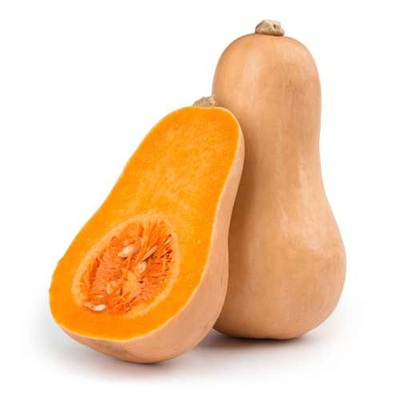
Step-by-Step Pumpkin Fertilization Program
A staged approach to pumpkin fertilization ensures nutrients align with growth phases. here’s a detailed schedule.
Pre-Planting Fertilization: Building the Foundation
Before sowing, prepare soil for strong starts. NRCS recommends incorporating 2-3 tons/acre of aged manure or compost 2-3 weeks prior to planting to improve structure and add organic matter. This enhances water retention and microbial life, reducing erosion by 20-30%.
Apply phosphorus-rich fertilizers like DAP at 100-150 kg/ha to promote roots. Check pH; aim for 6-7; use sulfur or ammonium sulfate fertilizer to lower high pH, as it provides gradual acidification. UMN advises tilling in these amendments for even distribution. For organic systems, bone meal or rock phosphate substitutes work.
Vegetative Growth Stage: Fueling Leaf and Vine Expansion
2-4 weeks post-planting, focus on nitrogen for lush growth. Apply 30-50 kg/ha ammonium sulfate fertilizer, which supplies N and S for better protein synthesis and chlorophyll production. UMN recommends side-dressing when vines spread: ½ cup 46-0-0 per 100 ft row, or equivalent balanced 20-20-20 foliar every 10 days.
Include micronutrients like iron chelate for green leaves. In sandy soils, split N applications to prevent leaching. This stage sets up for flowering; over-N can delay it, so monitor via foliar tests.
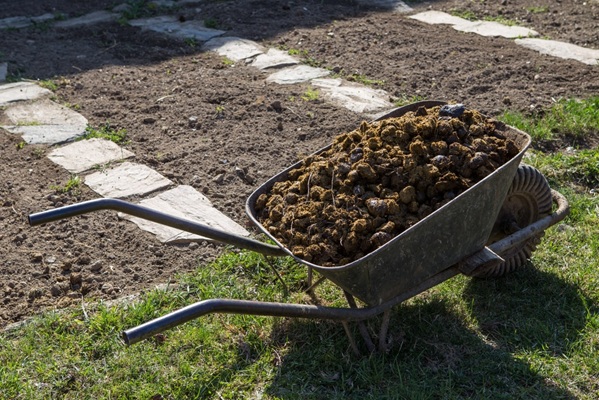
Flowering and Fruit Set Stage: Shifting to Quality
This critical phase demands reduced N and increased P/K. Purdue warns against late N, which causes fruit abortion. Use potassium nitrate or sulfate at 100-150 lbs K₂O/acre to boost sweetness and size. Foliar boron and zinc improve pollination; UMN suggests 1 lb/acre boron during bloom.
Calcium sprays prevent rot. Based on soil analysis, high-P NPK like 10-20-20 works well. With pollinator declines, nutrient-balanced plants attract more bees.
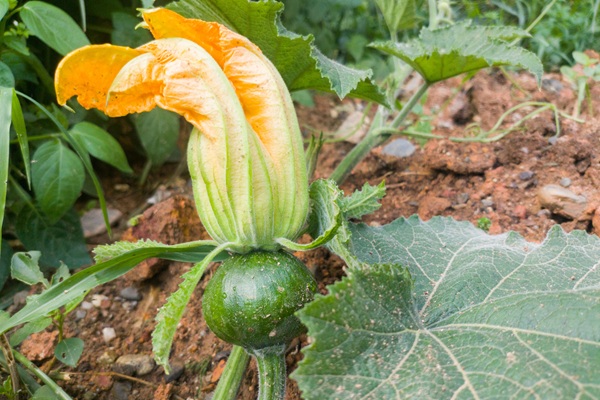
Fruit Development Stage: Maximizing Size and Flavor
As fruits grow, minimize N to direct energy to pumpkins. Apply K-heavy fertilizers 2-3 times, like 125 lbs K₂O/acre maintenance. High-potash NPK accelerates filling. Calcium enhances shelf life.
Avoid excess N; UMN notes it diverts resources to vines. For giant pumpkins, Purdue recommends high-OM soils with a P/K focus. Monitor with foliar tests; adjust for deficiencies.
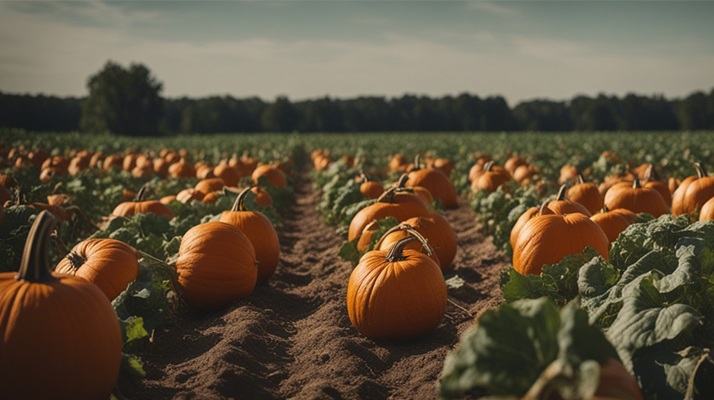
Essential Tips for Successful Pumpkin Cultivation and Fertilization
Beyond fertilization, success hinges on holistic management.
- Seed Selection and Planting: Choose disease-resistant seeds suited to your zone. Plant in full sun (eight hours or more),
2.5 cmdeep in mounds for warmth/drainage. Space1-2 mfor large varieties,90 cmfor small. - Water Management: Drip irrigation delivers
1-2inches/week, more during fruiting. Avoid overhead to prevent fungi. - Pest and Disease Control: Scout weekly; prune infected leaves. IPM from UMN includes beneficial insects.
- Harvest Timing: Pick when rind is hard, color full, stem dry. Store cool/dry for
2-3months. - Soil Testing: Annual tests guide fertilization; UMass stresses this for precision.
- Organic Alternatives: Compost reduces chemical needs; UMN’s living soil tips build microbes.
- Common Mistakes: Over-N during fruiting; ignore pH, use ammonium sulfate for correction.
- Sustainability: Fall manure (
120-daywait for food safety) recycles nutrients.
For alkaline soils, ammonium sulfate fertilizer from our line lowers pH while supplying N/S, ideal for pumpkins.
Advanced Pumpkin Fertilization Strategies
- Incorporate tech: Soil sensors for real-time monitoring. Companion planting (Three Sisters) naturally fertilizes via beans’ N-fixation.
- Climate adaptation: In drought-prone areas, slow-release fertilizers like ammonium sulfate minimize loss.
- Economic benefits: Proper fertilization yields
$5,000+/acrereturns.
Master Pumpkin Fertilization for Exceptional Results
Pumpkin fertilization is your ticket to bountiful harvests. By following this guide, tailored with new insights, you’ll grow superior pumpkins. Try our ammonium sulfate fertilizer for proven results; contact us today.
